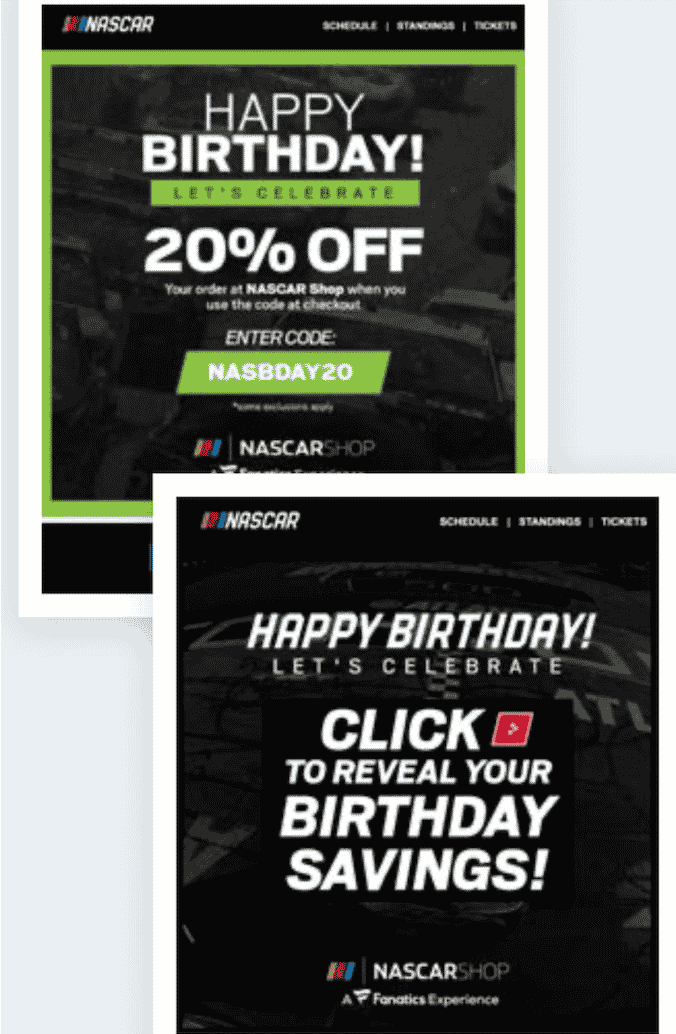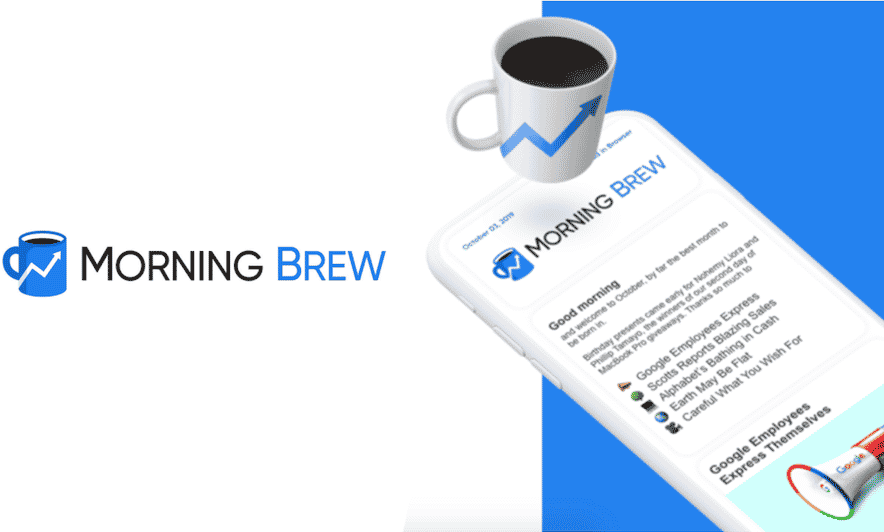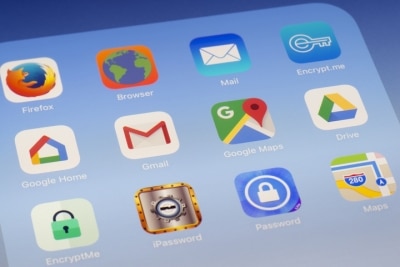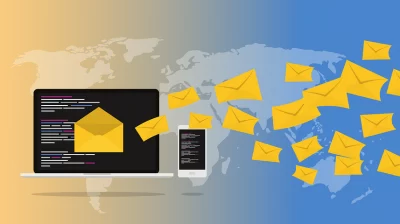3 Mistakes That Scare Away Your Email Subscribers (and How to Avoid Them)
October 14, 2021

Most of us can’t go more than a few hours without taking a quick peek at our email inbox. Paradoxically, however, that influx of new messages can be pretty overwhelming for your email subscribers to keep up with. And in some cases, an email marketing mistake that scares away more customers than it converts.
The contradiction of both needing to feel constantly connected while also feeling completely inundated by information is a new challenge that your marketing team needs to solve. Especially for audiences who use email lists and newsletter subscriptions as their primary means of interacting with your brand.
Over the course of 2021, many media, publishing, and entertainment brands saw record email list signups and a boom in online engagement. But, as life begins to slowly return to normal, it’s possible these new subscribers are looking to cull some of their less-valuable email subscriptions from their overcrowded inboxes.
So, before your brand gets the digital boot and scares away subscribers for good, here three of the most common email marketing mistakes we encounter. And — more importantly — how to avoid them to keep your audience connected (without feeling overwhelmed) going forward.
Your emails are impersonal
Every day, the average consumer receives roughly 121 new emails. And as our inboxes become increasingly swamped with messaging from companies all clamoring for attention, the deciding factor between opening and trashing a message for most shoppers is personalization.
According to a recent study by MediaPost, shoppers largely don’t mind giving up their data if it means brands will make meaningful use of that information for greater personalization and clear value in return. In fact, 77% of respondents state that they don’t mind sharing some degree of their personal data so long as they understood that there was some individual benefit to handing over that information.
But in the age of greater privacy restrictions, brands looking to boost personalization through the power of data are increasingly relying on information consumers give up freely, via clicks, conversions, and revenue generated. First-party data allows brands to understand exactly what audiences are looking for from their email messaging, which creates an opportunity to send emails featuring customized product and content recommendations that drive greater engagement.

For example, when Food52 wanted to drive engagement through the power of first-party data, the brand paid close attention to the stories, products, and subject lines with which individual subscribers were most frequently engaging. From there, Food52 was able to send audiences more content that they loved, boosting loyalty and engagement along the way.
Your content doesn’t invite email subscriber engagement
When it comes to email, stasis is your worst enemy. By its very nature, email requires audience engagement in the form of clicks, conversions, and more. However, asking a reader to click a product, answer a CTA, or even simply open a message without offering any incentive to do so is a little like expecting something for nothing.
It’s important to keep in mind that brands that give audiences a reason to engage will always see better results in the war for inbox attention.
That’s why, when NASCAR was looking to boost audience engagement with its emails, the brand rethought its birthday messaging strategy by building a new strategy focused on interactive content. Previously, NASCAR’s birthday emails included a static greeting with a unique discount code for each potential shopper.

However, in an effort to both improve customer experiences and boost engagement, NASCAR went more interactive than ever before with its birthday messaging, offering a personalized discount featuring a fun mystery click-to-reveal experience. NASCAR’s interactive content mimicking the excitement of opening a birthday gift was a hit, driving a 19% click-through rate (CTR) increase and an almost three percent increase in clicks over the course of the campaign’s first four months.
Your message doesn’t make the impact it used to
In 2020, audiences craved predictability more than ever before — which is likely why they were more willing to pay to have media consistently delivered to their inboxes via subscription content. After all, publishers saw a 16% increase in subscription revenue during that time.
And in order to capitalize on that newfound interest in consistent, reliable content, publishers like The Associated Press, Insider, and Morning Brew were just a few media groups able to successfully experiment with new paid content models such as email newsletters.

But building loyalty among the subscribers who signed up for email and newsletter lists in record numbers over the course of this year is proving a little more challenging. As COVID-19 restrictions have eased, many have also seen record numbers of audiences opting to unsubscribe.
Part of the reason for these fleeing audiences could be the fact that even targeted content becomes a bit stagnant after a while. Audience segmentation to drive engagement and build newsletter or email list loyalty isn’t a one-time prospect.
Subscribers who originally opted in to your email list or paid for a newsletter for specific content, such as home improvement tips for home office spaces, might have different priorities in 2021 and beyond. Looking for other personalization opportunities based on new interests, such as revitalizing entertainment spaces or updating those light fixtures they’ve been staring at for a full year, is an important way to keep evolving your brand’s personalization strategy for changing audience needs.
Keep messaging fresh, yet personal, in order to prevent audiences from pulling away now that the end of the pandemic is potentially in sight.
The State of Brand Loyalty in the U.S. in 2023
Related



